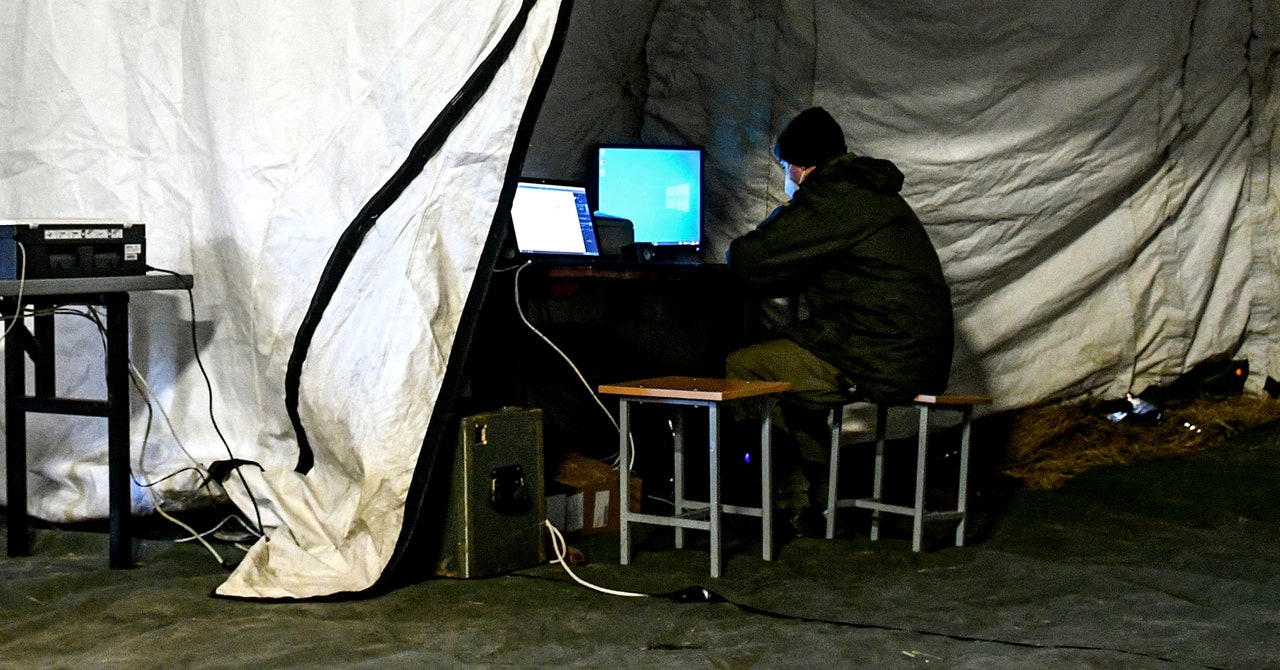When Russian President Vladimir Putin launched an unprovoked war against Ukraine this week, warning that any Western intervention would be met with a response “unprecedented” in history. The implied nuclear threat has little, if any, precedent over the past few decades, and while the Kremlin is far more likely to unleash cyberattacks, it was a chilling indication of how far Putin might be willing to escalate.
Meanwhile, notorious Russian hackers Sandworm didn’t sit idly by when researchers uncovered their VPNFilter malware in 2018. Intelligence agencies in the US and UK this week detailed Cyclops Blink, a hacking tool that Sandworm developed soon after VPNFilter was no longer useful. Cyclops Blink targets network devices, including them in a botnet and exposing them to further infection. Although UK officials said the revelation was not directly related to the situation in Ukraine, it came at a time of increasingly serious cyber attacks against the country.
We also took a look at Intel’s iStare lab, where the company’s researchers are working to hack chips in an effort to prevent the next Specter and Meltdown or Rowhammer attack. And we talked to security researchers who figured out how to eavesdrop on any room that has a shiny object in it.
If you want to limit your browsing experience in Chrome, you might want to try Safe Browsing Enhanced; we told you how to set it up. And we’ve picked the best personal safety devices, apps and alarms for when you need a little extra protection in the real world, too.
And there’s more! Here, we’ve rounded up all the news we haven’t broken or covered in depth this week. Click on the headlines to read the full stories. And stay safe out there.
Leading up to and in the early days of Russia’s invasion of Ukraine, the Kremlin’s cyber strategy included a combination of denial-of-service attacks and data scrubbers. This week we’ve seen several attempts to DDoS Russia in return, with mixed results. Russian government, military and banking websites were hit by a tsunami of traffic, although for the most part they appear to be holding steady. Mil.ru, the country’s military domain, appears to have implemented geofencing measures as part of efforts to prevent the attack, blocking access to all non-Russian devices. A more successful DDoS took Russian state news site RT offline on Thursday and into Friday; the hacktivist collective Anonymous seems to have claimed responsibility.
Reuters is reporting exclusively this week that Ukraine has taken to underground forums in search of a few good hackers. Although the country does not have a permanent cyber force, its defense ministry has set out to recruit people to spy on Russian forces and help protect critical infrastructure from cyber attacks. Applicants submit their information on a Google Docs form — including professional references — and will be vetted before being asked to officially join.
The NFT space is full of hacks and scams, but the scale of this one is remarkable. A phishing campaign appears to have separated 17 NFT collectors from their digital tchotchkes. All victims received emails that appeared to come from the OpenSea marketplace, when in fact it was a scammer who soon turned over their ill-gotten tokens for nearly $3 million. In an unrelated incident, a Texas man is suing OpenSea for $1 million because someone stole his Bored Ape NFT and he can’t get it back.
Security researchers at Pangu Labs say they have pieced together the origins of a nearly decade-old hacking tool and that it traces back to the Equation Group, believed to be the US National Security Agency. They say they were able to make the connection thanks in part to leaks from the Shadow Brokers, a mysterious group that exposed a range of apparent NSA secrets in 2016. More interesting than the tool itself, however, is the public attribution to the NSA — which, while not unprecedented, is extremely rare. Or at least it was.
More great stories on WIRED




